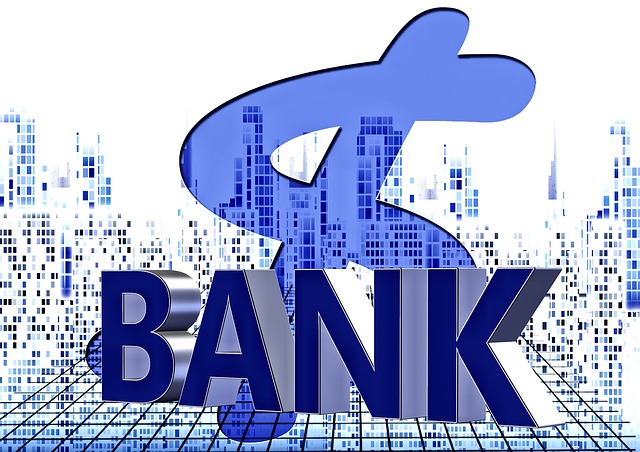How to open a bank account

When you come to Canada to study English, you’ll find five major banks; they are: the Bank of Nova Scotia (Scotiabank), the Toronto Dominion/Canada Trust (TD Bank), Bank of Montreal (BMO), the Canadian Imperial Bank of Commerce (CIBC), and the Royal Bank of Canada (RBC). The reason I mention these five is that you will want to choose one when you come here. It’s a good idea to open a bank account to keep your money safe. You should open a bank account with either cash or traveler’s cheques. If you open it with a cheque or a bank draft, you may not be able to get your money for several weeks until the cheque or draft clears. You should research the different banks to find out their fees for their services, and then choose the one that’s best for you. There are different kinds of accounts you can open, for example, a savings account, a chequing account, and a chequing-savings account. In my opinion, all you need is a chequing account, which lets you take cash out of bank machines all over the city. Be sure to ask for a debit card to use in these machines. You just insert the card, type your personal identification number (PIN), and then follow the prompts to do what you need to do. The debit card can also be used in stores to pay for things. When you open a chequing account, you need to have two pieces of identification. One of these has to have your picture on it, like your passport. The bank will ask you for your date of birth, your address in Canada (including postal code), your phone number in Canada, and your address in your home country. There are other things you can do at the bank, too. For example, you can also exchange money from your home country to get Canadian dollars. You can buy auto insurance if you lease or buy a car here in Canada. Every renter, home owner, and homestay student needs home insurance to protect their valuables, and a bank can help you do this. The bank also offers travel insurance for those times you may want to go south to the US. So as you can see, there are many things you need a bank for.
Click on the audio recording below to hear the above lesson.
Vocabulary:
bank draft – a type of cheque where the first bank guarantees to pay the money to the second bank.
clears – the first bank has paid the money to the second bank
wondering – wanting to know
in my opinion – I believe
debit – money coming directly from your bank account.
insert – put into
personal identification number – a secret number that only you know
prompts – instructions
postal code – a series of numbers and letters that identify a part of the country
exchange – trade
insurance – protection against losing something
lease – rent for a long period of time
homestay – staying with a Canadian family
valuables – things you have that you love or that are expensive
Pronunciation Exercise: Listen and repeat the vocabulary above on the audio file below.
Conversation:
Teller: Next. Can I help you?
Student: Yes. I would like to open an account, please.
Teller: Okay. Do you have identification?
Student: Yes. Here’s my driver’s license and my passport. .
Teller: Thank you. What kind of account do you want?
Student: I think a chequing account is all I need. Can I also get a debit card?
Teller: Absolutely. Start by filling out this form. When you’re finished, bring it back to me.
Student: All right. [Later] I think I’m finished.
Teller: You forgot to put your occupation. What is it?
Student: Right now I’m a student.
Teller: Okay. I’ll write that in. How much are you depositing today?
Student: $350 cash and $2800 in traveler’s cheques.
Teller: Okay. Here’s your receipt, and here’s your debit card.
Student: Thank you.
Teller: Now insert your card in this terminal and choose a four-digit PIN number. It will ask you to do it twice.
Student: That’s easy. Is that it? Are we done?
Teller: Yes. Have a nice day.
Student: You too.
© 2013 Ambien Malecot